The Shepherd
When a clan cheats a witch, he vows to destroy them. A powerful but greedy clan leader betrays his village to save his family from the bloodshed, unaware his beloved young daughter is called to the darkside herself.
SYNOPSIS
Mikal, a respected leader in his small village, has suffered for years with the “ghost sickness,” an illness where he fends off a vengeful ghost in his nightmares. One night while deep in this nightmare, he almost strangles his beloved fifteen year-old daughter, Haseya. Mikal’s 8-month pregnant wife demands he finally do something about being healed. With the assistance of a mysterious shepherd, Mikal locates the last person who might be able to cure him: an old blind man disguised as a healer, but who is really a turned to dark ways. He is known in lore as a “Flesh Weaver.” The witch heals Mikal, but after an argument between the two, Mikal greedily cheats him on proper payment. In revenge, the witch sets out to destroy Mikal’s entire village and rob the graves of his victims. He kills nightly, and inhabitants of the village comb through the community to find the one responsible, taking innocent lives along the way with their baseless accusations.
Under the influence of the healer’s possession, Mikal begins to secretly question if he has been possessed and caused the murders. The mob points their wrath at Mikal. Desperate to save his daughter and wife from this crazed mob, Mikal takes his family on a dangerous trek into the mountains to hide from those determined to kill him. He mentally unravels from stress and sleep deprivation. After finding his wife near death, Mikal erroneously believes his own daughter has become possessed by the witch and caused the murders. He hunts her down. Haseya hides from her father in the witch’s cave where he attempts to win her over to join him. When Mikal corners Haseya, she finally breaks through to him as the witch appears. In a moment of clarity, Mikal defends his daughter, sacrificing himself to save her life so she may destroy the witch herself.
PROJECT DETAILS
GENRE: Period supernatural horror
ESTIMATED RUN TIME: 90 minutes
WRITTEN BY: Nicole Elmer
DIRECTOR: Jorge Sermini
RECOGNITION: semifinalist in horror category for Slamdance 2019 Screenplay Competition; semifinalist in ScreenCraft Screenwriting Fellowship 2019; official selection for Frontières International Co-Production Market, 2020; selection for Cine Qua Non Lab Script Revision, 2021
TONALLY COMPARABLE FILMS, VISUAL INFLUENCES
The makers of The Shepherd are inspired by the recent revival of the horror genre, and the way some filmmakers are imbibing social commentary into the genre without downplaying the visceral experience of horror. Some films of note are The Babadook, Get Out, and The Witch, films which examined issues of motherhood, feminism, and racism.
Visually, we look to the gritty darkness of films like The Revenant, McCabe and Mrs. Miller and The Blacksmith and the Devil, as well as the way The Searchers captured the landscape of the American Southwest. We are also inspired by the envelope-pushing visual approach of filmmakers like Panos Cosmatos (Beyond the Black Rainbow, Mandy) and Dario Argento (Suspiria).
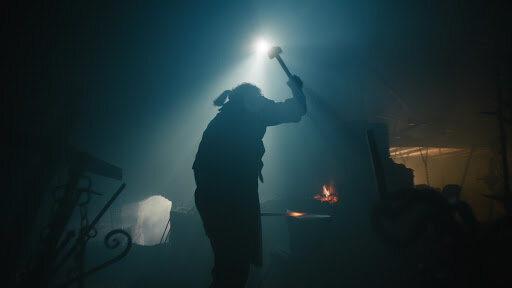
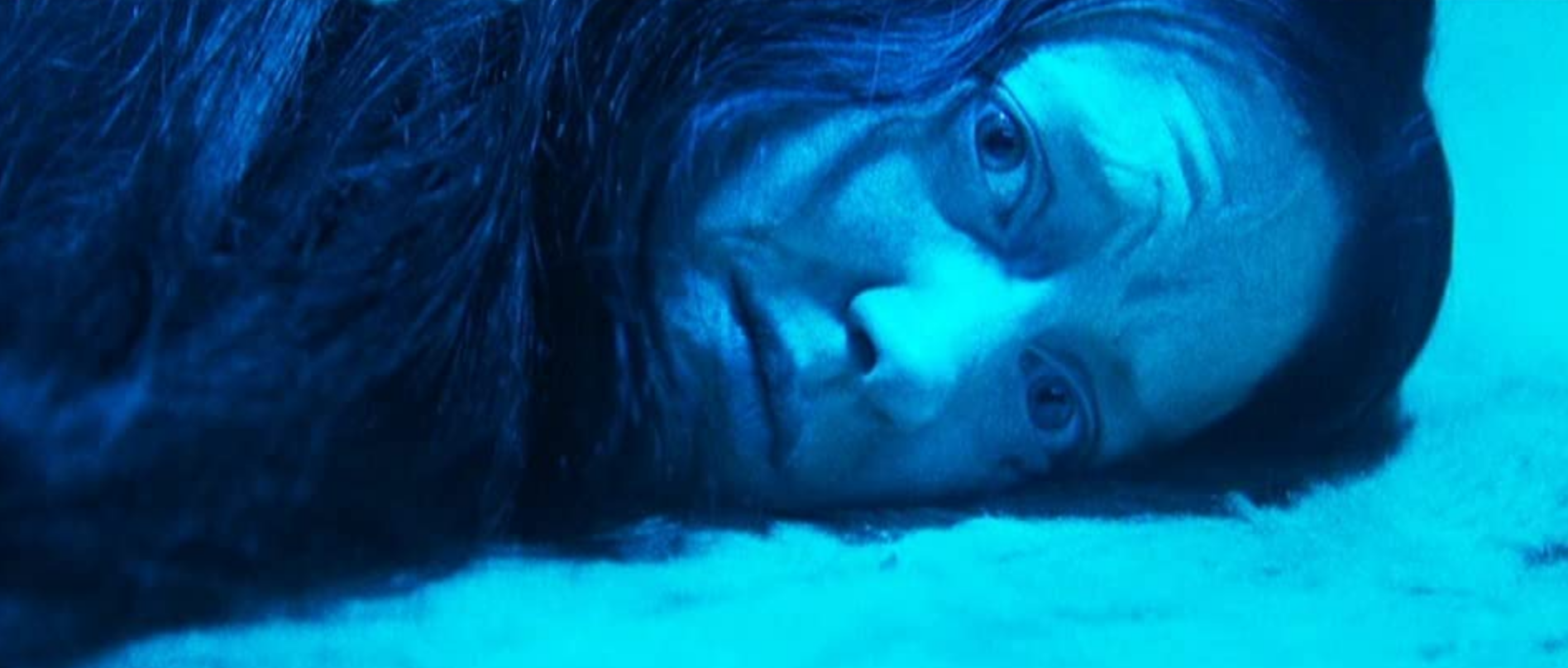

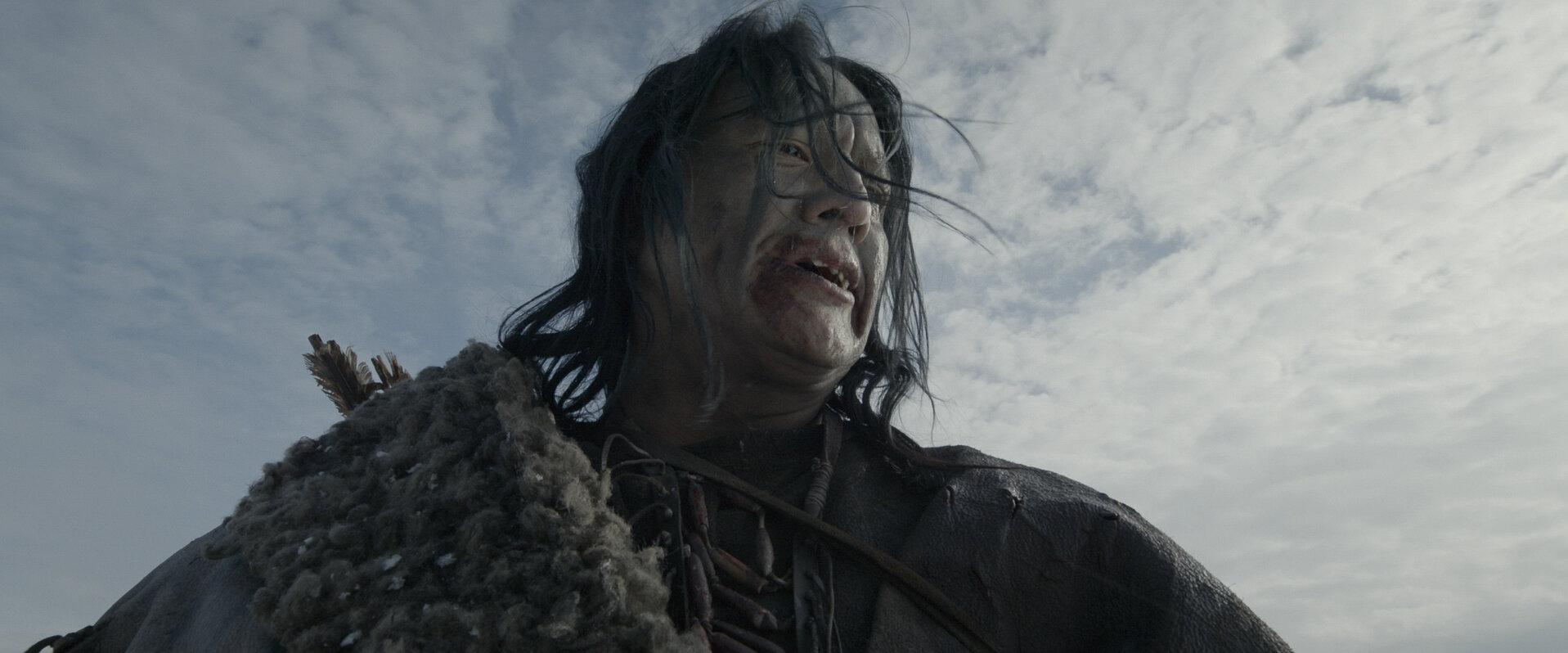

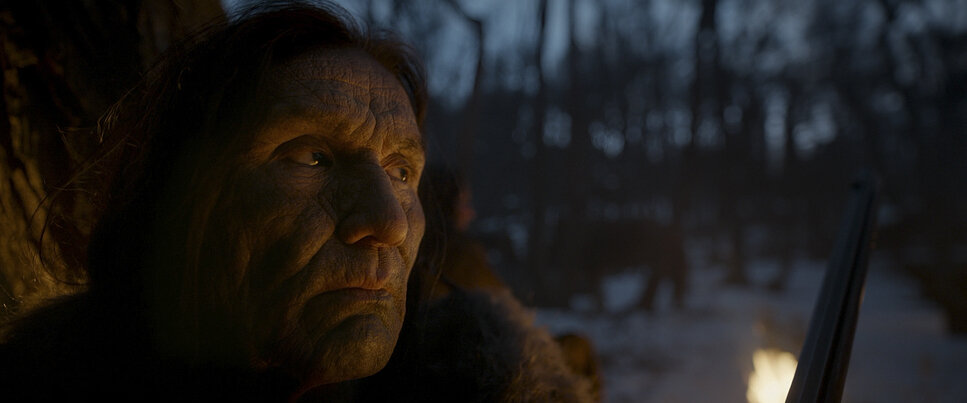
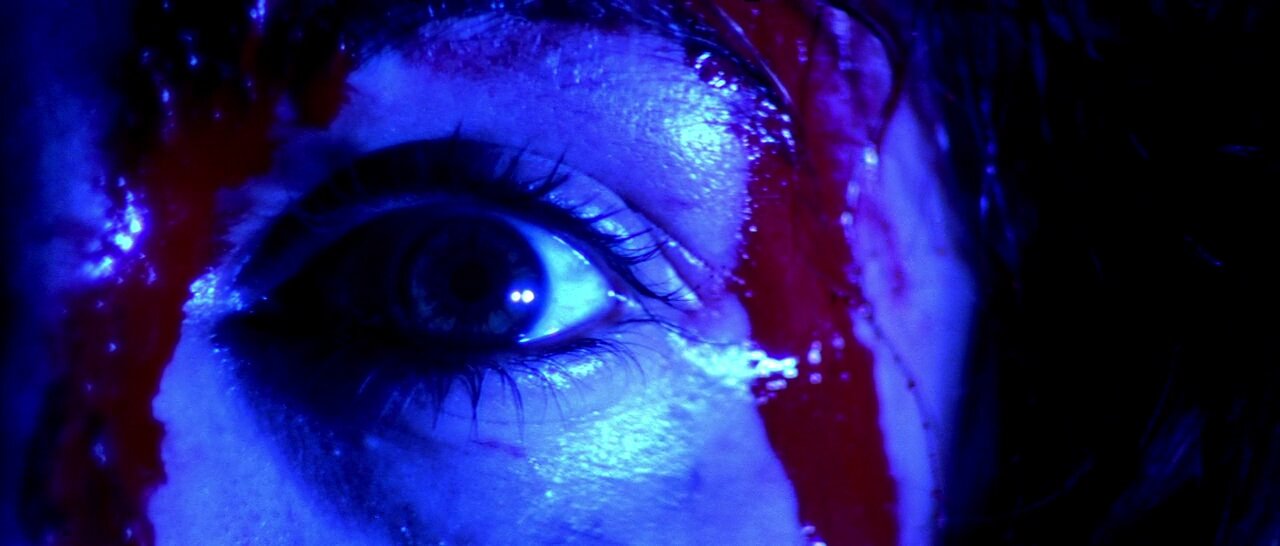
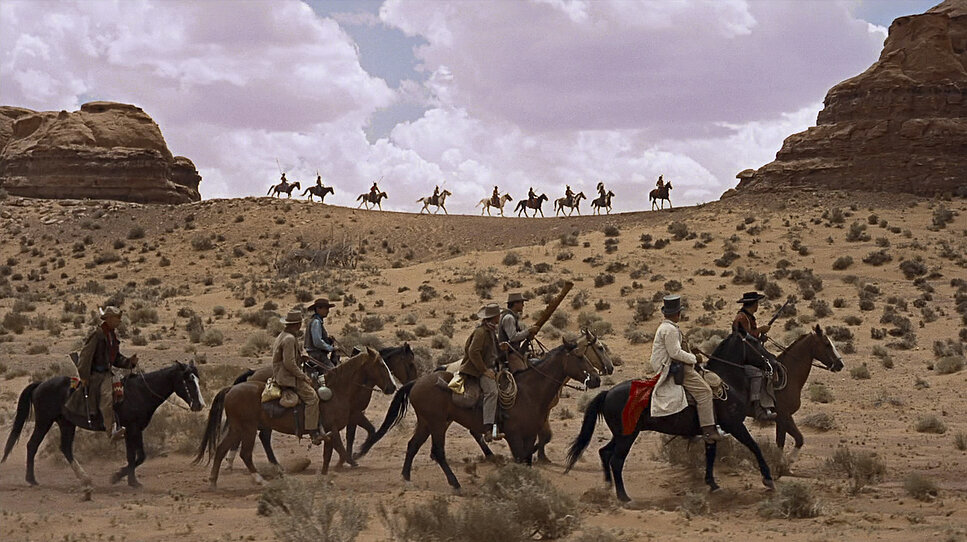

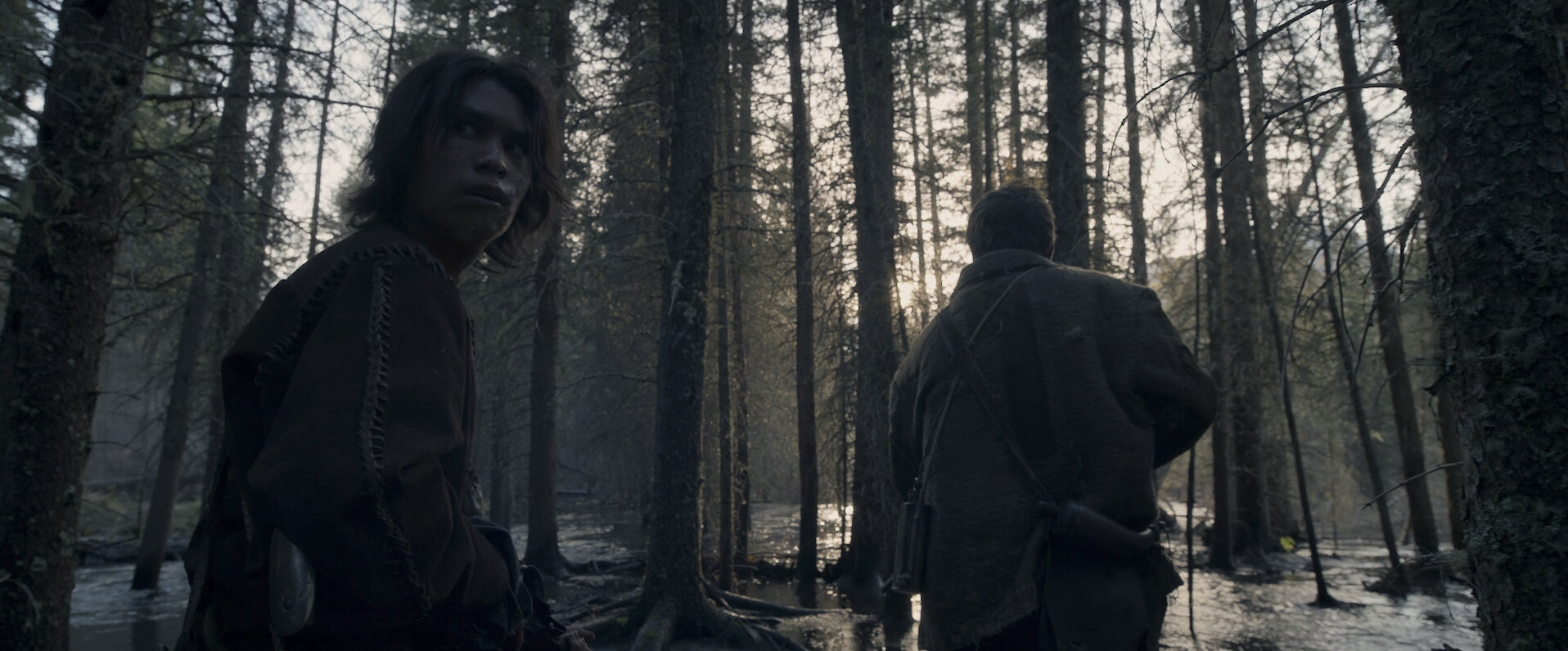


CONTENT AVAILABLE
Four-page treatment (email info@bluepaperfilm.com)
Detailed treatment (email info@bluepaperfilm.com)
Lookbook (email info@bluepaperfilm.com)
Mood video (email info@bluepaperfilm.com)
